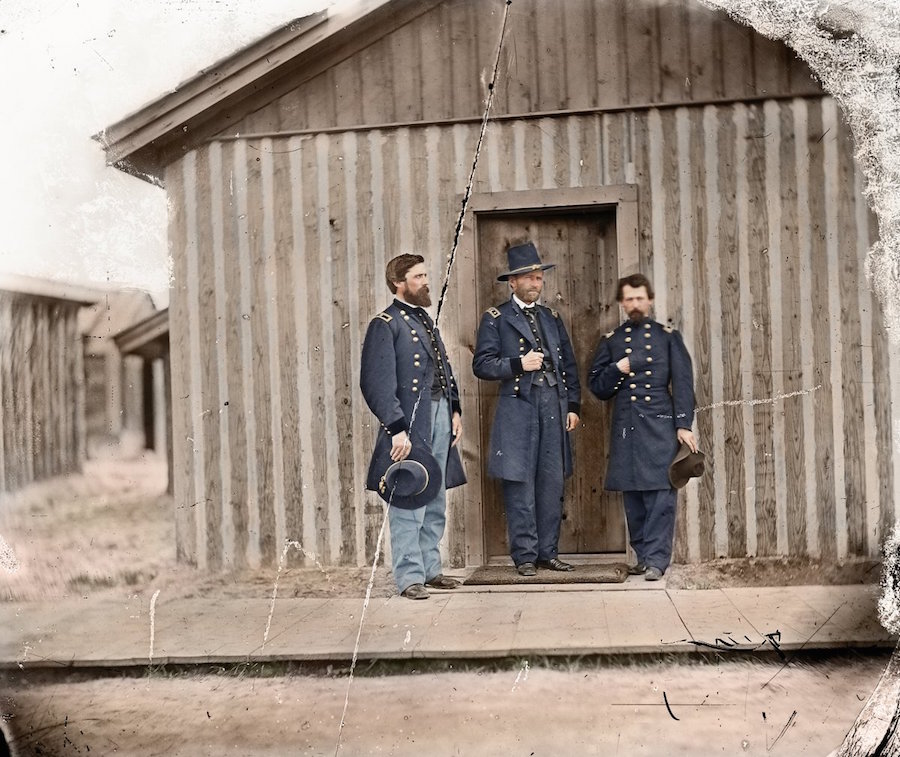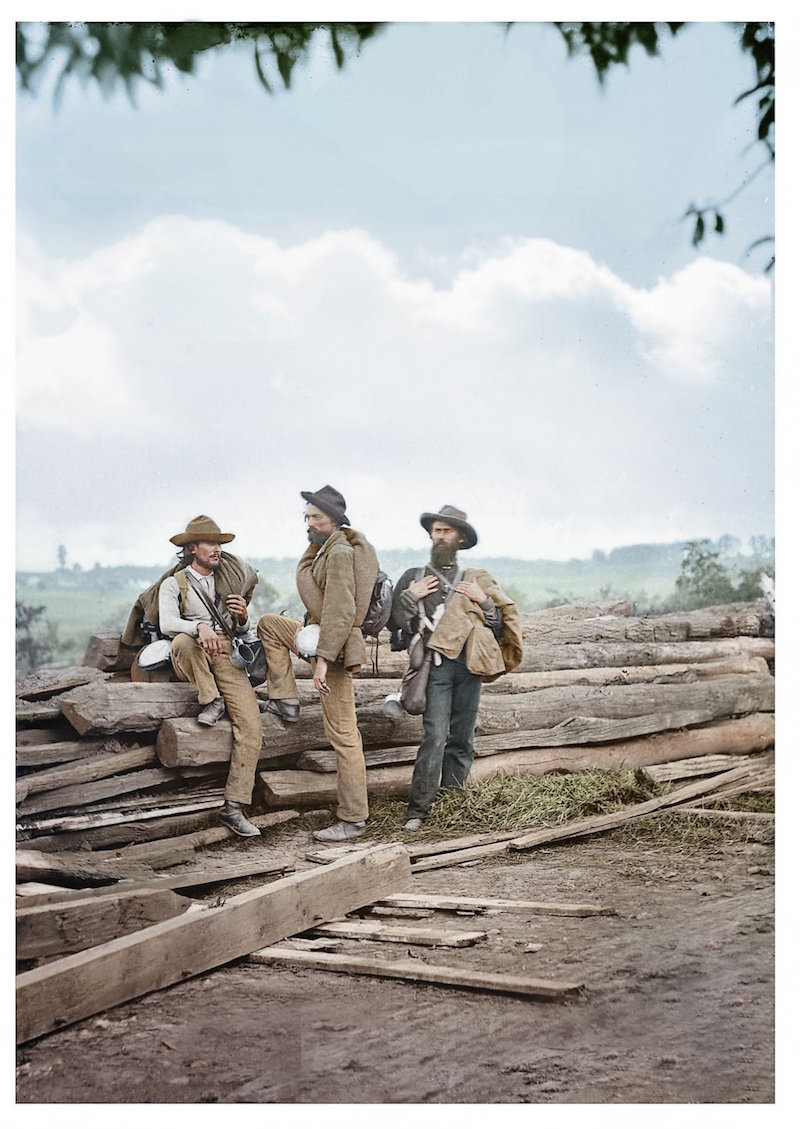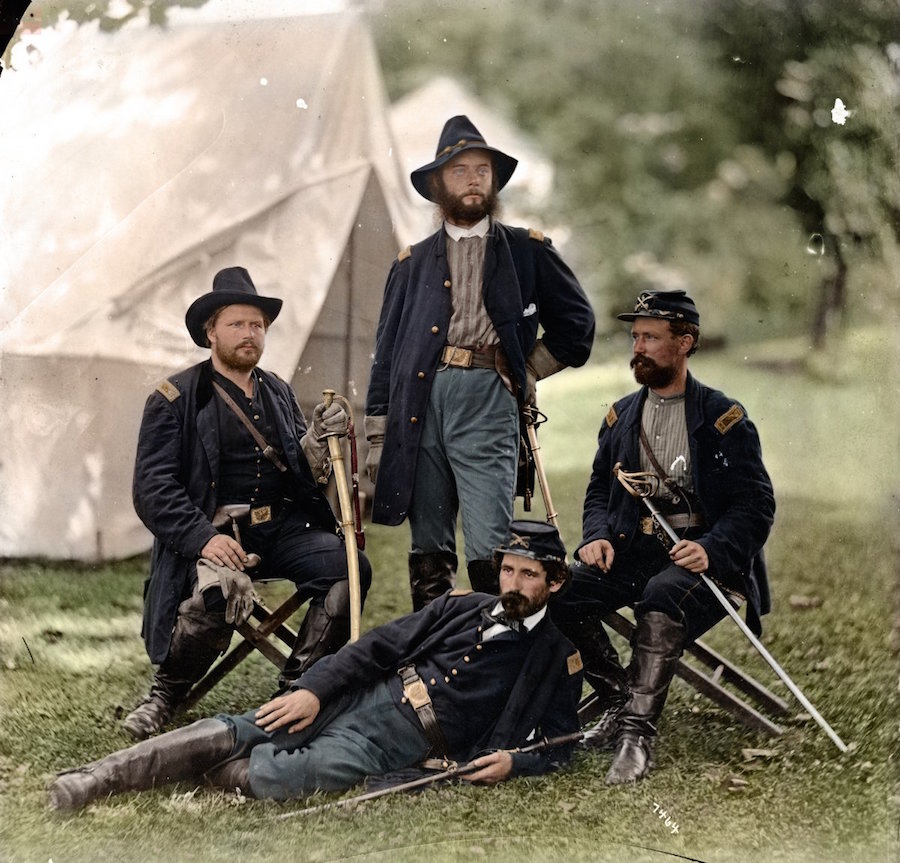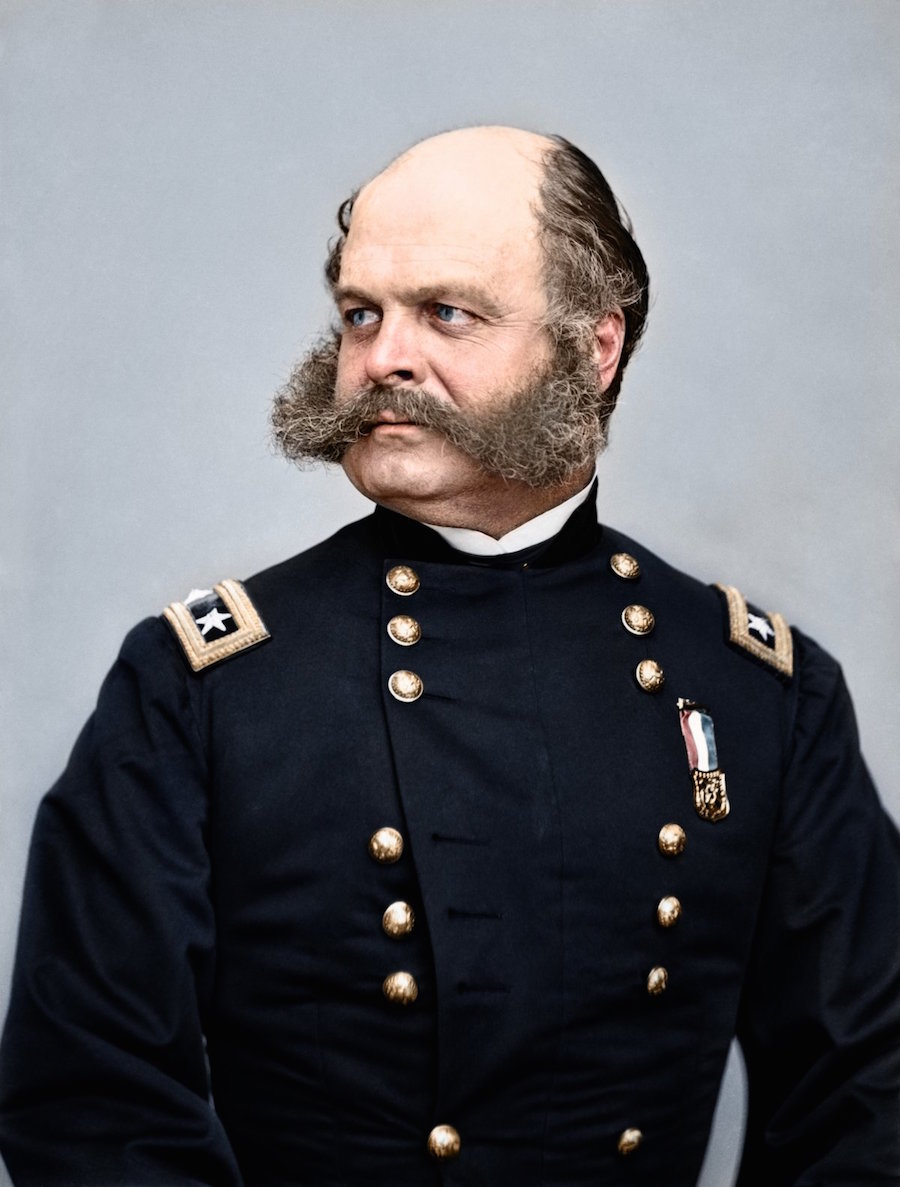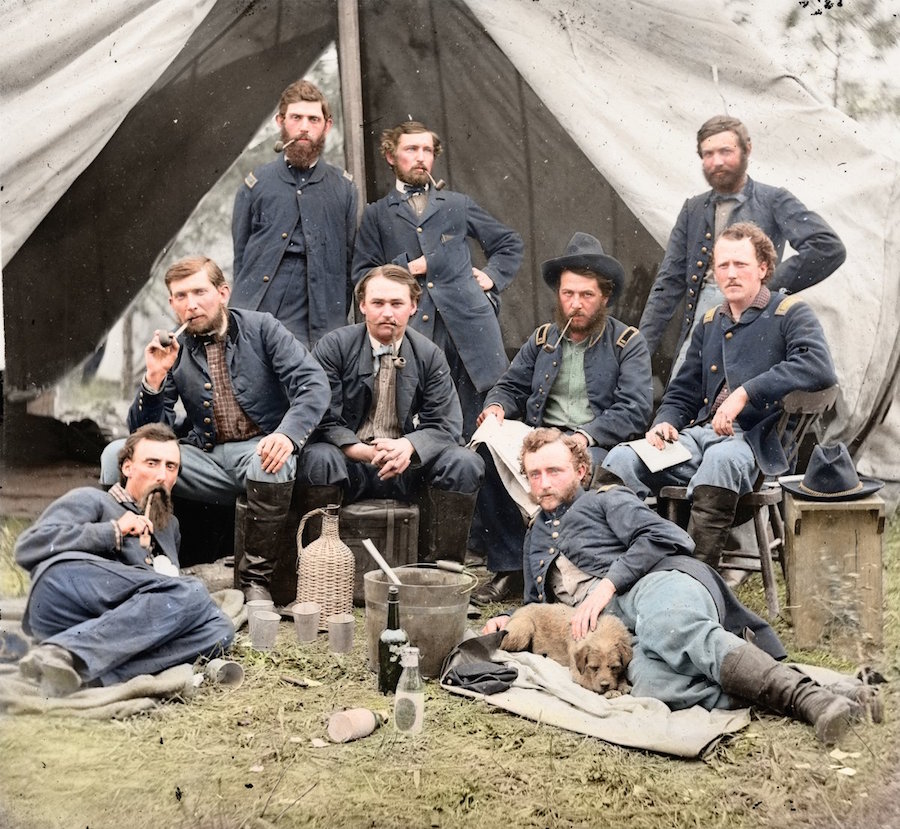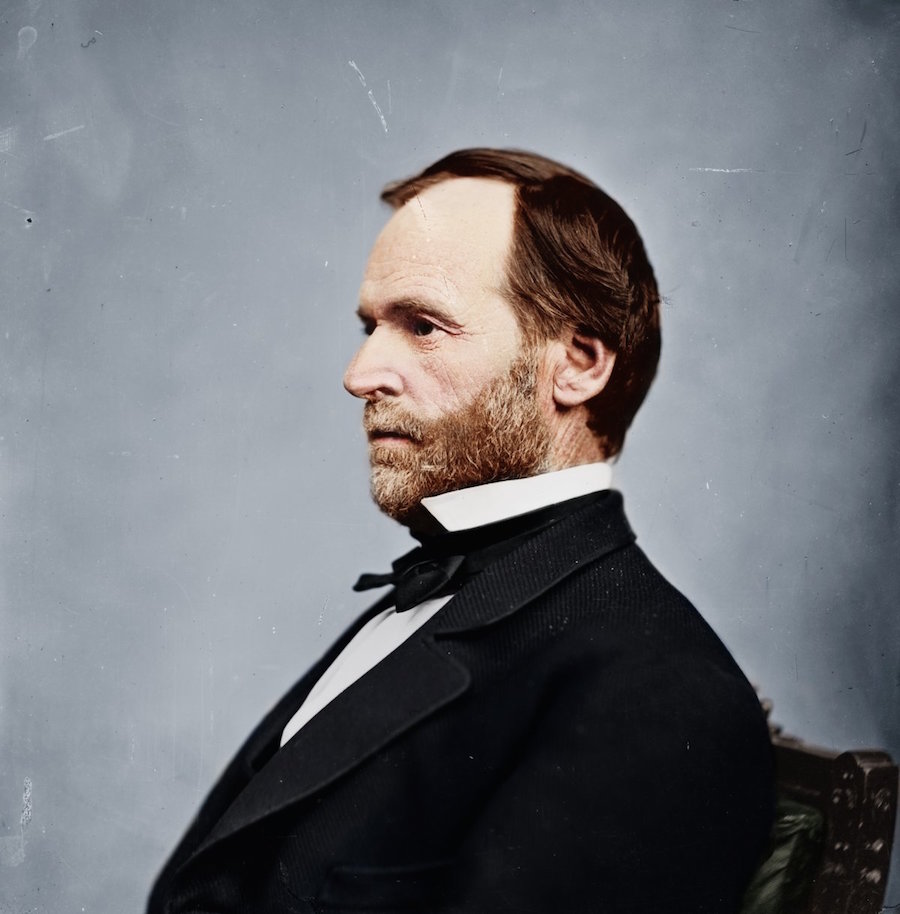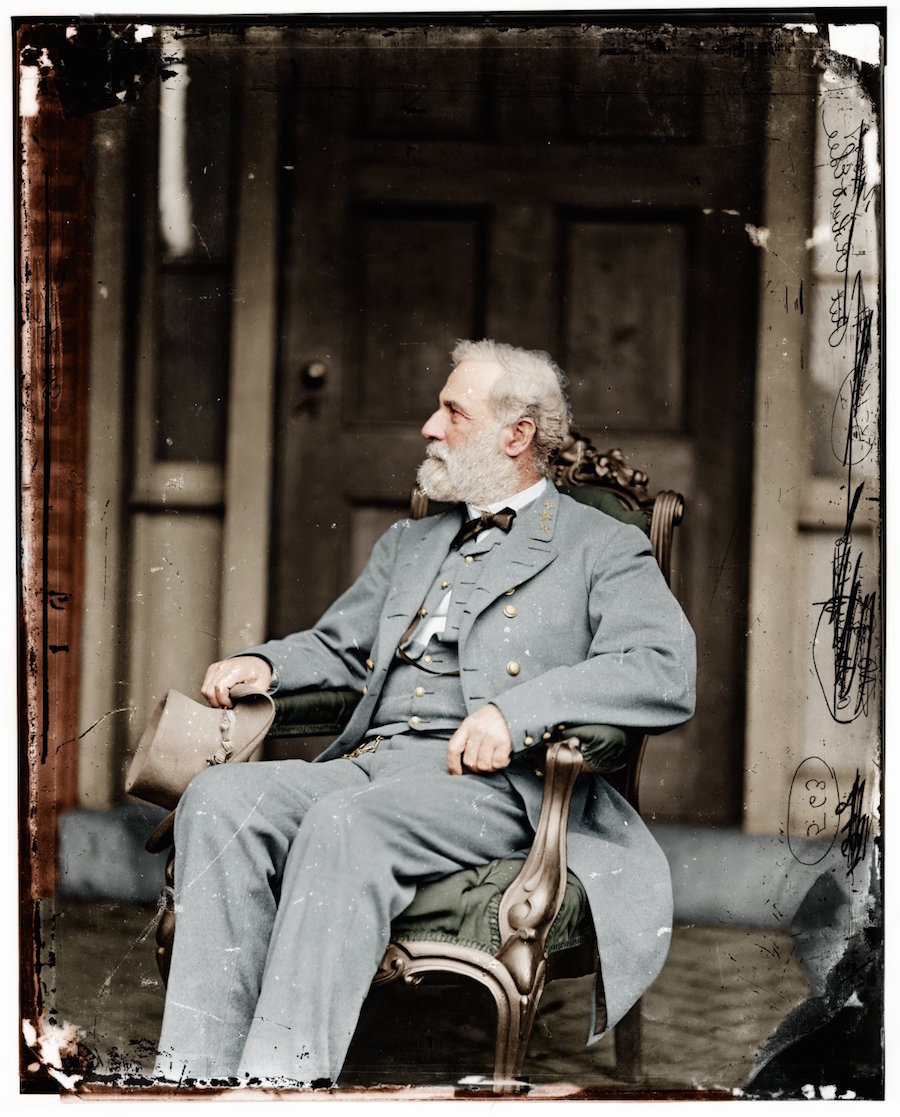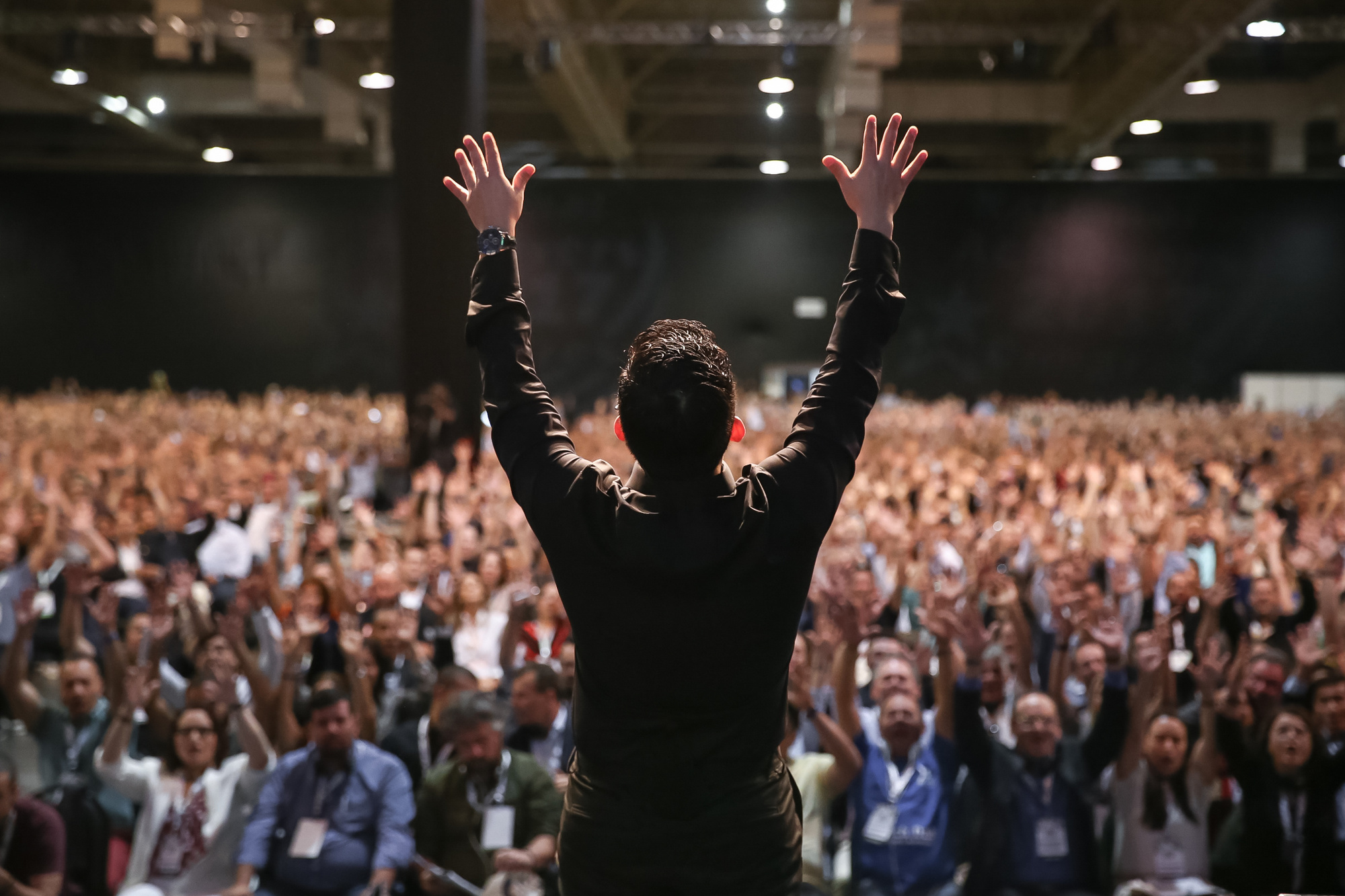Amazing American Civil War Photos – Colourized
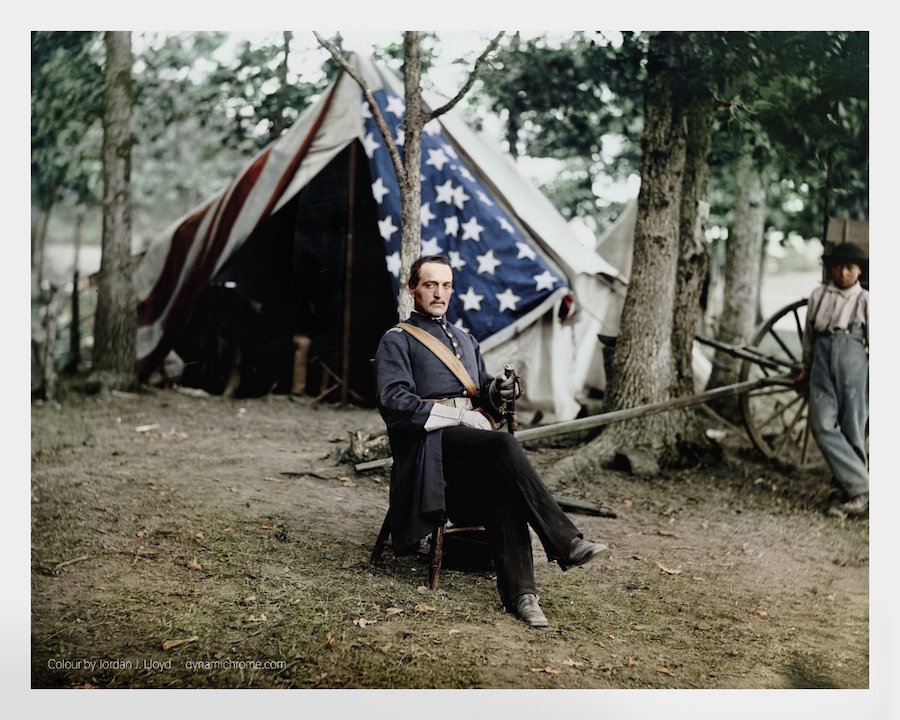
Color photography did not come in to wider use until the 1930s, however images were being taken with cameras for many decades before that.
Take a look at these photographs for instance. The moments in time that are captured here are from the American Civil war in the 1860’s.
The historical photographic evidence of this era can only have ever been taken in black and white. This is how we perceive the past…. until now.
Thanks to the efforts of an active group of Redditors on the Colorized History Subreddit, we can now see the past through a prism of vivid color.
These Civil War photographs (available at the Library of Congress) have been colorized by Mads Dahl Madsen and Jordan J. Lloyd (who has since started Dynachrome, a digital image restoration agency).
